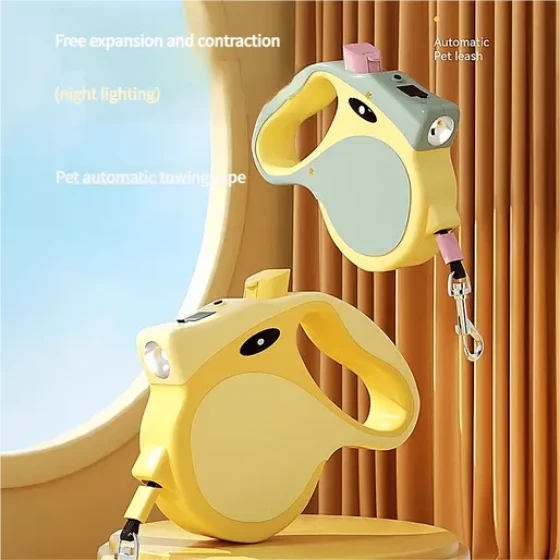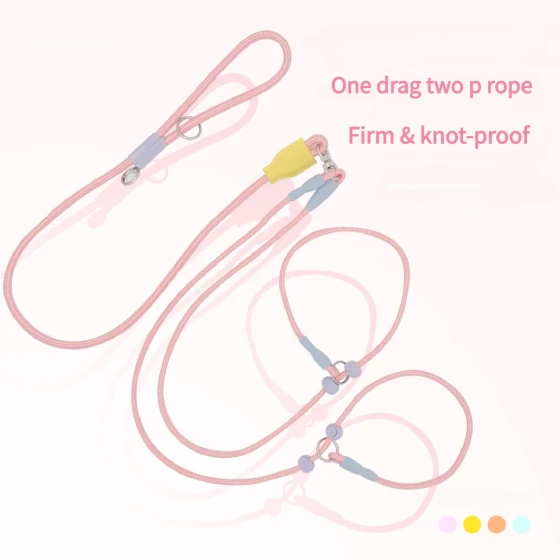Why Should You Regularly Trim Your Dog's Nails

Pet Dogs
Dog nails grow very quickly, and the blood quick inside also gets longer and longer, so owners must regularly trim their dog's nails. Generally, dogs that often walk or run outdoors can naturally wear down their nails on rough ground. However, some small breeds kept in apartments, such as Miniature Doberman, Pekingese, Shih Tzu, Yorkshire Terrier, etc., lack this wear and their nails grow very quickly. Overgrown nails are sharp and may curve back into the foot's skin, causing pain and discomfort to the dog.
Additionally, if a dog's nails are too sharp, they often snag and damage family members' stockings, skirt hems, pants cuffs, handbags, or even carpets and wooden furniture when getting close. Furthermore, although a dog's dewclaw has degenerated, there is a so-called "wolf claw" located slightly above the inside of the foot. For this degenerated "wolf claw," a simple surgical removal by a vet at 2-3 weeks old can prevent future problems.
To trim your beloved dog's nails, you can use specialized canine and feline nail clippers sold at pet stores. Most dogs dislike nail trimming at first, so it is best to train them from puppyhood to get used to it. Before trimming, hold the puppy on your lap, play affectionately with it, lift its paws, touch the pads, and let it relax. Then, using a gentle tone, firmly hold its paw with one hand and quickly and precisely clip the nail with the other hand. It is best to do this after a bath because nails are softer after soaking in water and easier to trim. There are blood vessels and nerves at the base of the nails, so do not cut too much or too deep—only the transparent tip, usually about one-third of the nail length, should be trimmed. Cutting incorrectly can cause bleeding and make the dog dislike nail trimming in the future. After trimming, it is best to smooth the nail edges with a special file.



